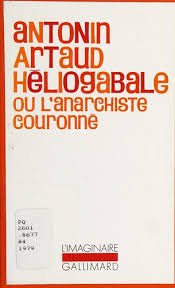CHINNAMASTA: THE AWEFUL (sic) BUDDHIST AND HINDU TANTRIC GODDESS - ELIZABETH ANNE BENARD
I first learned about Chinnamasta by witnessing a diorama of her at a Durga Puja event in Kolkata about 7 years ago. Durga (and Kali) Puja are major events in Kolkata, entire streets shut down to erect these enormous pandals, which are temporary religious structures that are often quite striking and covered in bright colors and/or neon. Within them are shrines which contain life-size or larger dioramas of the god(s) being venerated. Different groups and neighborhoods compete to have the most impressive ones, not so unlike Mardi Gras floats. It’s a very dope experience, I’d certainly recommend it, but it was during a night of going from pandal to pandal when I walked into one that featured Chinnamasta, who is a version of Durga. Chinnamasta is typically portrayed in a very striking pose. She stands with an aggressive stance, a large knife in her right hand. In her left hand she holds her own head, which she’s cut off. The head itself drinks from the blood sprouting out of the neck wound. She typically has two asstendents with her (who’s name change depending on the version of the story) who are also drinking streams of blood coming out of her neck. All this is going on while she standing atop a couple having sex. So we’re talking 5 gods in one scene. It’s a lot and it’s really, really striking. I was totally taken by her and have been somewhat obsessed with that image ever since. She’s a fairly minor deity, so there’s not a ton of temples dedicated to her, she’s often lumped in with Durga or, less typically, Kali, so it’s been a while since I’ve really got to think about her and dig into her imagery. This book, despite its silly title (the author chooses to spell “awful” like that) does offer a correction to this. Interestingly, the book spends a lot of time talking about the difference between her worship among Hindus and Buddhists, which is an aspect of her I wasn’t aware of. Having recently read that Mayahana Buddhist text, I was very ready for any discussion of “voidness.” The book ends with a list of 1,000 names for Chinnamasta, which was a cool list and apparently is used in meditation. I was hoping for more discussion of her symbolism and mythology, there is some of this but the idea of her being the sacrificer, the sacrifice itself, and the thing being sacrificed to is quite intriguing and plays into her role as the goddess of paradox, is very intriguing to me and I would have liked her to linger longer on what that means. There’s a lot of general talk about tantra and how it is different in Hinduism and Buddhism but I would have been more interested in her role as manifestation of contradiction and enigma. Either way, she’s very interesting to think about, while Kali performed a minor miracle for me in India (I drank some Ganges water at a celebration to her and didn’t get sick) it is Chinnamasta I think about most often. 5 gods in one image.



















